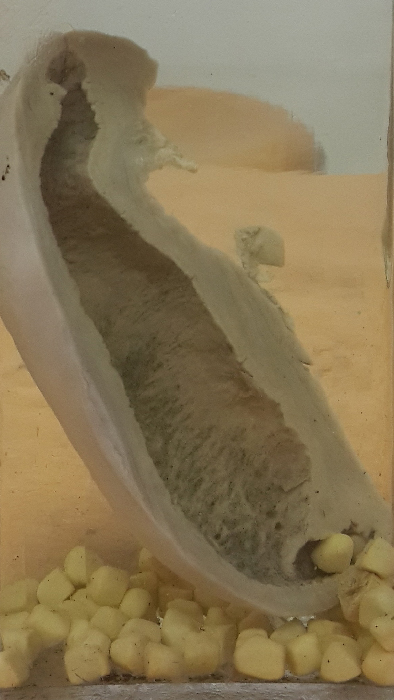Cholecystitis
- Details
- Published: 06 September 2019
- Hits: 3361
Cholecystitis is inflammation of the gallbladder. It is often called a gallbladder attack. The gallbladder is a pear-shaped organ that lies beneath the liver on the right side of the body. The gallbladder stores bile, which is a fluid that helps the body to digest fats. If bile builds up in your gallbladder, your gallbladder becomes inflamed. This condition may occur suddenly (be acute). Repeat episodes of acute cholecystitis or prolonged episodes may lead to a long-term (chronic) condition. Cholecystitis is serious and it requires treatment.

What are the causes?
The most common cause of this condition is gallstones. Gallstones can block the tube (duct) that carries bile out of your gallbladder. This causes bile to build up. Other causes of this condition include:
- Damage to the gallbladder due to a decrease in blood flow.
- Infections in the bile ducts.
- Scars or kinks in the bile ducts.
- Tumors in the liver, pancreas, or gallbladder.
What increases the risk?
This condition is more likely to develop in:
- People who have sickle cell disease.
- People who take birth control pills or use estrogen.
- People who have alcoholic liver disease.
- People who have liver cirrhosis.
- People who have their nutrition delivered through a vein (parenteral nutrition).
- People who do not eat or drink (do fasting) for a long period of time.
- People who are obese.
- People who have rapid weight loss.
- People who are pregnant.
- People who have increased triglyceride levels.
- People who have pancreatitis.
What are the signs or symptoms?
Symptoms of this condition include:
- Abdominal pain, especially in the upper right area of the abdomen.
- Abdominal tenderness or bloating.
- Nausea.
- Vomiting.
- Fever.
- Chills.
- Yellowing of the skin and the whites of the eyes (jaundice).
How is this diagnosed?
This condition is diagnosed with a medical history and physical exam. You may also have other tests, including:
- Imaging tests, such as:
- An ultrasound of the gallbladder.
- A CT scan of the abdomen.
- A gallbladder nuclear scan (HIDA scan). This scan allows your health care provider to see the bile moving from your liver to your gallbladder and to your small intestine.
- MRI.
- Blood tests, such as:
- A complete blood count, because the white blood cell count may be higher than normal.
- Liver function tests, because some levels may be higher than normal with certain types of gallstones.
How is this treated?
Treatment may include:
- Fasting for a certain amount of time.
- IV fluids.
- Medicine to treat pain or vomiting.
- Antibiotic medicine.
- Surgery to remove your gallbladder (cholecystectomy). This may happen immediately or at a later time.
Follow these instructions at home:
Home care will depend on your treatment. In general:
- Take over-the-counter and prescription medicines only as told by your health care provider.
- If you were prescribed an antibiotic medicine, take it as told by your health care provider. Do not stop taking the antibiotic even if you start to feel better.
- Follow instructions from your health care provider about what to eat or drink. When you are allowed to eat, avoid eating or drinking anything that triggers your symptoms.
- Keep all follow-up visits as told by your health care provider. This is important.
Contact a health care provider if:
- Your pain is not controlled with medicine.
- You have a fever.
Get help right away if:
- Your pain moves to another part of your abdomen or to your back.
- You continue to have symptoms or you develop new symptoms even with treatment.
